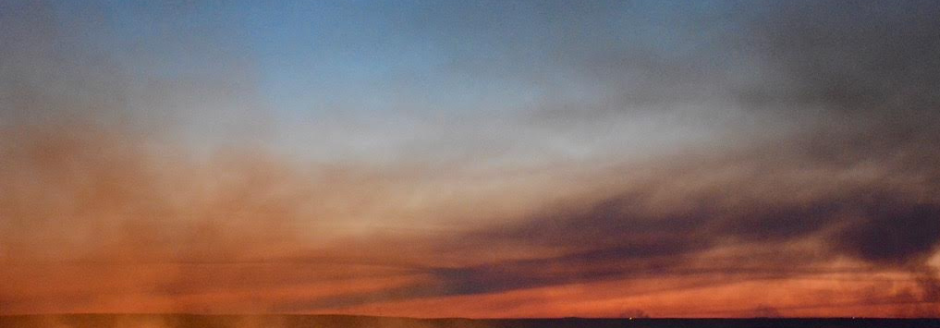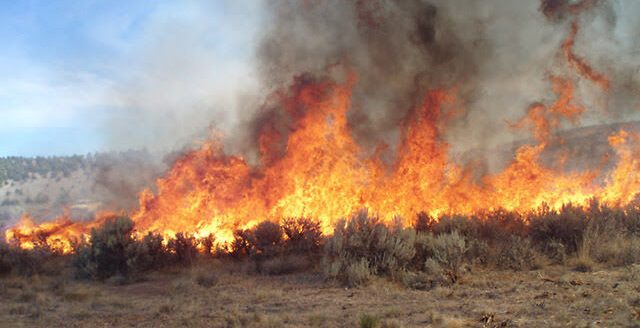Texas fire conditions
Critically dry wildland vegetation currently observed across the landscape is very receptive to any source of ignition. This causes wildfires to burn more intensely, making them much more resistant to control. With activity and critically dry fuels expanding closer to highly populated areas, there is also an elevated risk of human-caused wildfires.
Prevention and mitigation
Many areas of the state are experiencing triple-digit temperatures and critically dry vegetation, increasing wildfire potential. These critically dry fuels are highly susceptible to ignition from any spark. Texans should be mindful of any outdoor activity that may cause a spark.
• Always check with local officials for outdoor burning restrictions in your area. Obey local burn bans or other restrictions. Do not conduct any outdoor burning in hot, dry or windy conditions.
• Vehicles may cause wildfires. Secure trailer safety chains to ensure they do not cause a spark and ignite a roadside fire.
• Avoid parking or idling in tall, dry grass. Catalytic converters underneath the vehicle can become hot enough to ignite grass under the vehicle.
• Many outdoor activities may produce sparks and ignite nearby vegetation including welding, grinding, mowing or shredding. If possible, postpone these activities until fuel dryness conditions improve. If not possible, take extra precautions by having a water source or fire extinguisher nearby.
Successfully preparing for a wildfire requires everyone to take personal responsibility for protecting themselves, their families and their properties.
“It is the responsibility of each individual resident to prepare their home for wildfires,” said Kari Hines, Texas A&M Forest Service Firewise coordinator. “Just this week, there were dozens of examples of homes that survived wildfires unaided or allowed firefighters to operate safely to protect them. And this was due to the landscaping and building choices made long before the fire ever started.”
“Even simple things such as moving flammable material away from wooden structures such as decks and steps, pruning shrubs in front of windows and under mature trees and cleaning out gutters can be done with a limited amount of time if a fire is in the area,” said Hines.
Taking simple steps to help maintain your property could save it during a wildfire. For more information on how to create defensible space around your home, visit Protect Your Homes at https://tfsweb.tamu.edu/ProtectYourHome.
Residents should pay attention to county burn bans and avoid all outdoor burning until conditions improve. Burn ban information can be found by contacting local fire departments or by visiting Texas Burn Bans at https://tfsweb.tamu.edu/TexasBurnBans.


